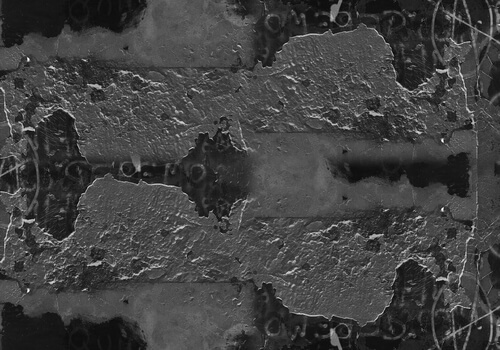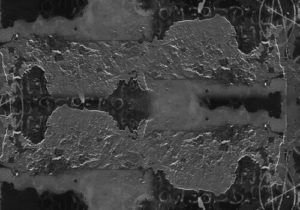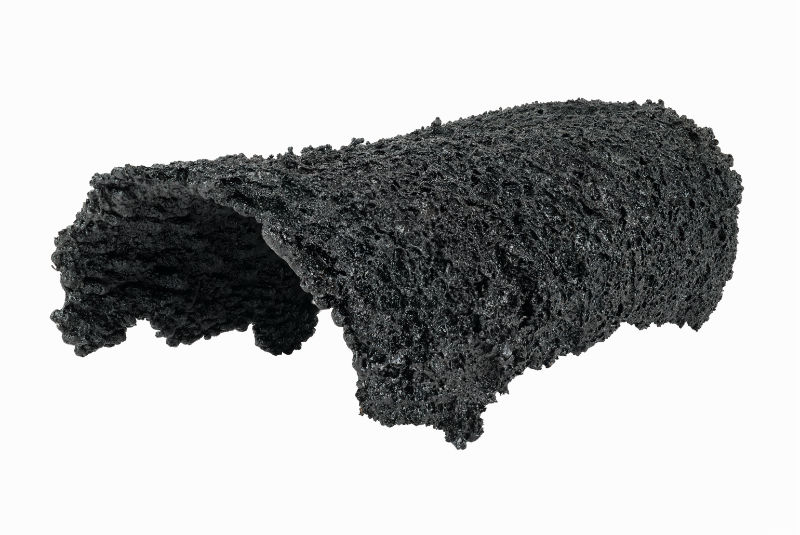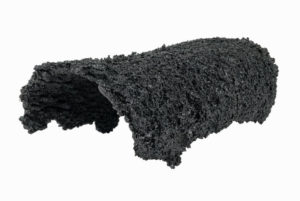
Let Our Experts Get Rid Of Your Glazed Creosote
One of the biggest reasons why the CSIA stresses the importance of annual inspections is so sweeps can evaluate whether or not you have excessive creosote buildup inside of your chimney. Should dangerous amounts be present, having it removed will allow for a safer and better functioning fireplace, sure to bring countless nights of peace, warmth, and comfort. Learn more about creosote below!
What Is Creosote?
Creosote is a substance that builds up in your chimney as you light fires in the fireplace. It comes in a few different forms, ranging from soft and flaky to sticky and tar-like to hard and glazed. So no matter the texture, creosote is very damaging and dangerous to have in your chimney, which is why regular removal is important.
The reason why creosote triggers so many problems is due to its highly flammable nature. The more you have, the higher your risk is for a chimney fire, which causes significant structural damage and makes your fireplace unsafe and unsuitable for regular use.
Unfortunately, not all chimney fires are created equal. It may seem like they all would be loud and obvious, but many are quite quiet, meaning homeowners are unaware their system has undergone excessive damage. This means that they’ll continue to light fires and use their chimney, which could pose serious threats to their home and family in the form of gas leaks and house fires.
When Is Deglazing Necessary?
Now, for those who invest in regular inspections and maintenance, any creosote buildup should not be especially challenging to remove. Yet, fireplaces that have faced longer periods of neglect or misuse may find themselves with glazed creosote throughout, which is more challenging to take on.
Glazed creosote needs to be approached differently than your standard creosote buildup, as it is thicker, more solid, and essentially baked onto your chimney walls. Attempting removal without the proper tools and equipment will not get the job done, and it will likely cause damage to your chimney interior in the process.
If your find yourself face-to-face with glazed creosote, the best option would be to invest in help from a CSIA certified sweep, like the crew at Weststar Chimney Sweeps. This is the only way to avoid bigger issues down the line, and it will get the job taken care of in the most efficient manner possible. Investing in professional help will always yield the quickest and least expensive results overall, so be sure to contact us right away if you suspect trouble.
Need An Inspection?
Not sure where your chimney stands in terms of creosote accumulation? Sounds like it’s time for an inspection. Our professional and experienced crew can look things over for you, then assess whether or not further repair or sweeping services are necessary. Together, we can find the best solutions for your needs, so give us a call soon!


 When it comes to your chimney and fireplace, knowing the ins and outs of it all can be tiresome. While memorizing every detail about fireplace maintenance isn’t necessary, it is a good idea to have some basic knowledge of fireplace terms. Read on to learn more about creosote deglazing and how excess creosote can cause issues for your chimney.
When it comes to your chimney and fireplace, knowing the ins and outs of it all can be tiresome. While memorizing every detail about fireplace maintenance isn’t necessary, it is a good idea to have some basic knowledge of fireplace terms. Read on to learn more about creosote deglazing and how excess creosote can cause issues for your chimney.